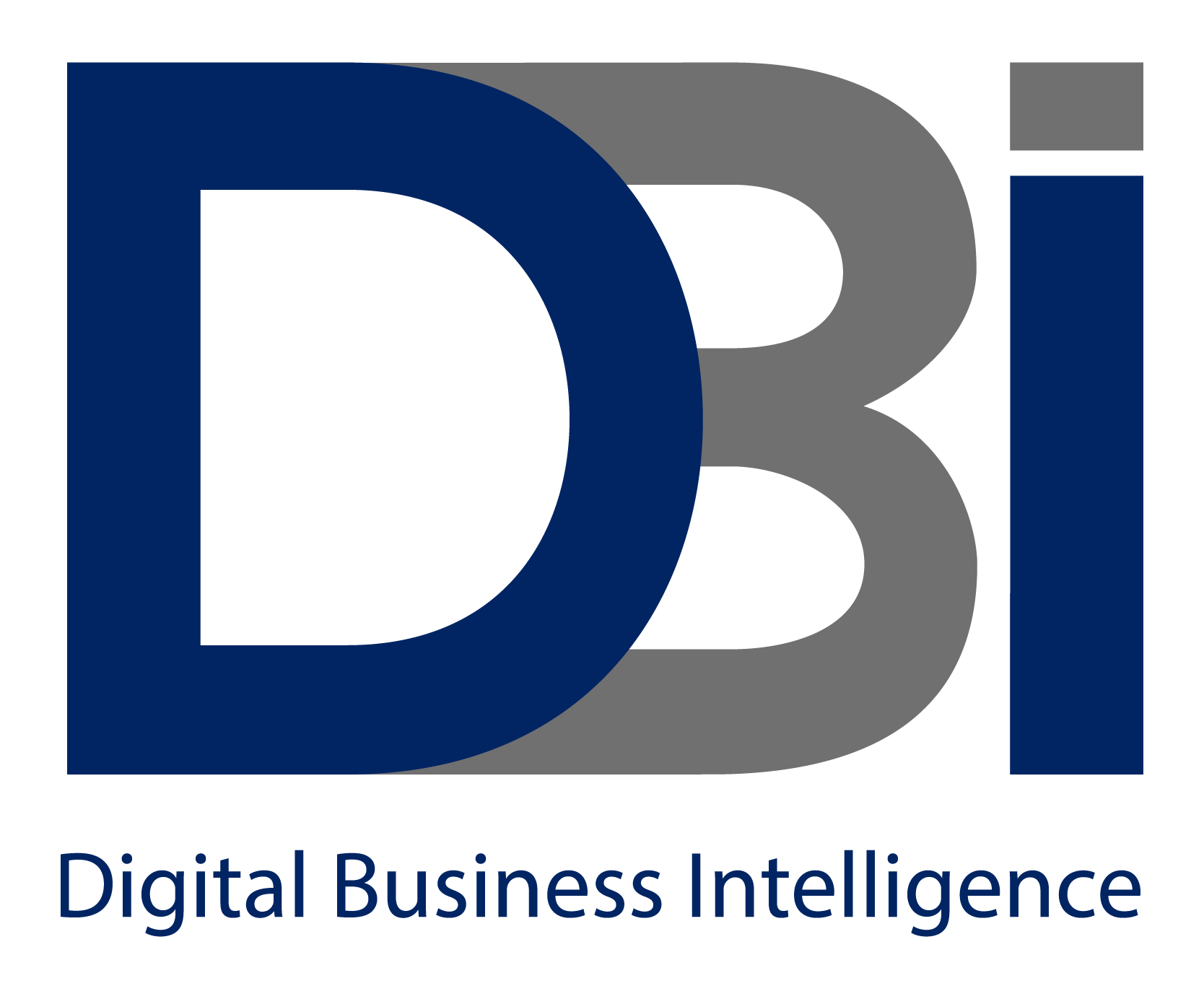A maximum keyword density of 2%, a minimum word count, and where to seed keywords on web pages are all recommended by Google’s Digital Marketing Training Course.
Someone in the SEO community pointed us to a portion in Google’s new digital marketing training course that advocates generating at least 300 words of content, seeding keywords in specified areas of a web page, and keeping keyword density for target keywords under 2%.
On Twitter, some members of the digital marketing community chastised Google for spreading false information, and Google’s Danny Sullivan responded.
Certificate in Google Digital Marketing and E-commerce
On May 2, 2022, Google announced the Digital Marketing & E-commerce Certificate. The training course and certificate are designed to assist job seekers in finding digital marketing positions.
The American Association of Advertising Agencies and the American Advertising Federation have both endorsed the training course.
The following abilities are expected to be taught in Google’s digital marketing course:
“Creating e-commerce and digital marketing tactics”
Using digital marketing channels like search, social media, and email to attract and engage customers
Marketing analytics measurement and sharing
E-commerce store development, e-commerce performance analysis, and client loyalty growth”
The program’s declared purpose is to train unskilled employees how to become proficient in digital marketing entry-level positions.
But how can program grads be proficient if what they studied was incorrect?
A Keyword Density Recommendation from a Google Training Course
Keyword Research and Keyword Stuffing are covered in a section of the course called Foundations of Digital Marketing, Week 3 of the course.
The Google training material provides a maximum keyword density for target keyword phrases in this section.
Keyword density is a percentage assessment of how frequently a keyword occurs on a web page.
The keyword density statistic indicates how many times a keyword appears on a web page.
Keyword densities were once employed by old-school search engine algorithms to determine what a page was about. The more times a keyword appeared on the page, the more likely it was related to that keyword phrase.
But search engines have moved on from that approach of ranking terms.
Is that correct?
By establishing an actual keyword density limit, Google’s training course makes a striking statement about keyword density.
“Keep your keyword density below an industry standard of 2%,” the course advises.
This indicates that target keywords should account for no more than 2% of the text on the page.”
Write at least 300 words
The other suggestion that raises eyebrows is a minimum word count for web pages, which emphasizes that the more words on a website, the more likely it is to be ranked by Google.
“Write more than 300 words on your webpage,” the training course advises.
If you publish more quality material, your website is more likely to rank higher on search engine result pages.”
Where Your Keywords Should Be Placed?
The document also recommends specific keyword placement:
“On each page of your website, your keywords should only appear once in the following places: page title, subheading, first paragraph, and body conclusion.”
Has Google made a Blunder?
Google created the training course, which is not supposed to include any confidential material.
All of the content in the course is available in Google’s search documentation, according to the introduction of the digital marketing certificate.
“There is no confidential information in this software.” All of the Google Search features taught are open to the public; extra information can be found in the official Google Search documentation.”
The word count and keyword density guidelines did not come from Google’s publicity material.
One has to question where the suggestion for seeding keywords within a web page came from as well.
The error raises questions about how trustworthy this education is if such an evident error like this can be made.
The error raises questions about the course’s reliability, as an evident error like this may make it into the live edition.
Google Recognizes False Information in Digital Marketing Courses
On Twitter, search marketer Gianluca Florally (@gfiorelli1) pointed out the mistake.
He also tweeted that this was an SEO myth, and expressed disappointment that an introductory digital marketing course would give students incorrect information.
Danny Sullivan noted that the training course’s creators are unrelated to the Search team and promised to pass on the comments.
He tweeted:
“I am not on the team that produced that, nor are they part of the Search team. As someone from the Search team, we don’t recommend any limits or “density” or anything like that. This can be ignored. I’ll pass it on. Our advice from Search is here.”
He also tweeted that this was an SEO myth, and expressed dismay that students in an introductory digital marketing course would be given inaccurate information.
Danny Sullivan clarified that the creators of the training course are unrelated to the Search team and pledged to forward the feedback.
Look for Mis-information
There is a great deal of misunderstanding about digital marketing. It’s surprising to find search marketing myths in Google’s own digital marketing training course.








